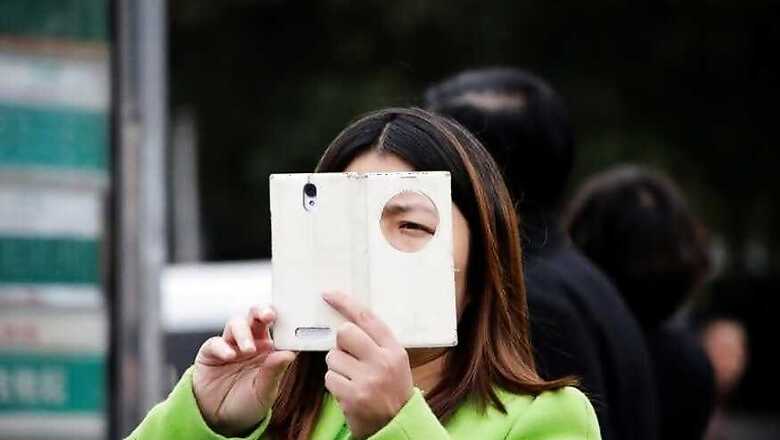
views
Scientists have developed an augmented reality app that can help patients of Parkinson's disease overcome a symptom known as "freezing," in which the legs temporarily refuse to follow the brain's command to lift and move forward. For many of these patients, researchers have found that visual, audio or vibratory cues can help them overcome freezing. The app may be the most elegant and comprehensive way to date to provide those cues, according to researchers from Rice University in the US who developed it.
Also Read: New WhatsApp Update Will Allow You to Download Deleted Media Files Again
The app takes advantage of new programming tools that allow for the incorporation of augmented reality. In this case, the user can point the phone at the floor or sidewalk and trigger it to place the image of a block, circle or another object where his or her foot should land. That visual cue is often enough to allow patients to initiate their gait. The app can also provide audio or sensory cues through the phone's sound and vibration capabilities. "This is for patients who, in their day-to-day lives, experience freezing episodes.
Also Read: Huawei P20, P20 Pro With Triple Camera-Lens Setup Coming to India Soon
There are a couple of devices on the market to help them, incorporates them incorporate all three kinds of cues," said team member Gaby Perez. Their creation is certainly smaller and cheaper than what they referred to as the state of the art for patients, a cane with a laser attachment. "Every time you place the cane down, the laser line pops up in front of you, cueing the user to step over it. But a lot of the time, these laser solutions have trouble working outdoors," said Theresa Sonka, from Rice University. "The cheapest solutions available right now are about USD 200, with some solutions costing as much as USD 3,000. Our solution, however, has the potential to work more effectively and at a fraction of the cost," said Jeremy David, from Rice University. Since some patients may also experience tremors in their hands, the team created a lanyard phone case a patient can wear to make the phone easier to manipulate. The team recruited patients who are helping them test the app.
Also Watch: Xolo Era 3X Review: Ease-of-Use is The Biggest USP




















Comments
0 comment